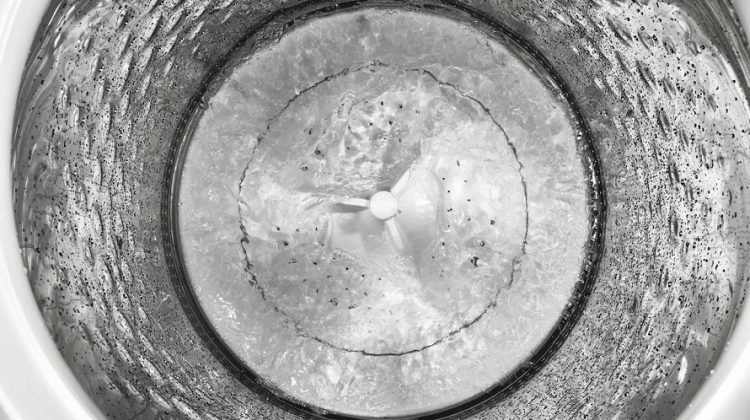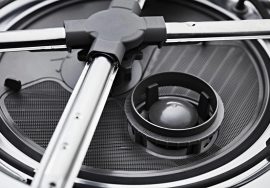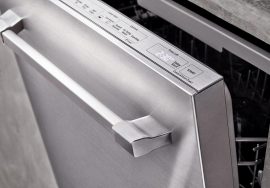
A Brief primer of your washer lint trap
Many people understand the importance of the lint trap in their dryer and the need for regular cleaning. But, fewer people know about the need to maintain the lint trap located in their washer. Lint is generated from your laundry during the washing process, and this material will clog your septic lines. Eventually, this will lead to plumbing issues, water contamination, and a repair bill. In this article, we will take a closer look at the washer lint trap and how you can keep it clean.
What is a Washer Lint Trap?
Most standard washers have a built-in lint trap to catch material that comes loose during washing. This material can include clothes fibers, loose hair, dirt, dust, and other particles that are on the surface of the items as they are put in the washer. The lint trap is usually a screen that looks like the lint trap that you have in your dryer and it fulfills the same purpose. This should not be confused with a lint catcher, which is an aftermarket product that you can place in your washer to catch lint during washing. Lint catchers can be an effective product, and they can remove a great deal of lint. But, even if you do use a lint catcher, it’s still important to check and clean the washer lint trap on a regular basis.
Where is the Washer Lint Trap?
This can vary depending on the make and model of your washer, but it should be easy to find. The owner’s manual supplied with your washer will have specific location details. If you cannot locate your manual, look for a downloadable pdf on the manufacturer’s website. Generally speaking, the washer lint trap will be in one of the following three locations.
- Along the edge of the washer drum.
- At the center of the agitator.
- At the end of the drainage hose.
How Can I Clean the Lint Trap?
Once you’ve located the washer lint trap, you will notice that it can be pulled clear. The screen will be covered with lint, dirt, dust, and other debris from your laundry. This material is thick and prone to clogging up any drain or line. So, resist the urge to flush it down the toilet or place it in the sink and run the water. This is a good way to get a plumbing clog that can be hard to shift without professional help. Place the material in the trash where it belongs and replace the lint trap in the exact same location. If you’re not sure about removing the lint trap, you can take some pictures on your phone to remind you how to put it back in the right place.
What if Your Washer Doesn’t Have a Lint Trap?
There are washer models that don’t have a lint trap, and they remove the excess lint this a pump based system. This is particularly true if you have a high efficiency and/or front loading washing machine. The lint removal pump system works well, but it’s a great idea to run the washer on an empty cycle once per month. This prevents the buildup of lint and other materials and helps to prevent any clogging issues later.
Prevention is Better Than the Cure?
Like any other modern appliance, your washer is a complex piece of equipment, and it represents a significant investment. So, it makes good sense to keep the lint trap clear and prevent any clogging issues that could lead to an unexpected repair bill. If you’re not confident with machines or you have an existing washer clogging issue, contact a home appliance technician to take a look at your machine. Call Now 0568623775





